Table of Contents

The Importance of Testing a Voltage Regulator
In the realm of electronics, voltage regulators play a pivotal role in safeguarding device functionality by delivering consistent power. This critical component demands regular checks to prevent power-related issues that can compromise device performance.
Our guide provides a comprehensive walkthrough for professionals seeking to master the art of testing voltage regulators, ensuring their electronics maintain optimal performance.
Essential Tools and Precations for Voltage Regulator Examination
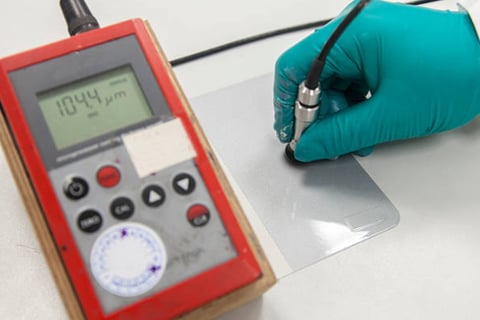
Before beginning this task, make sure that your toolkit contains:
- An accurate multimeter capable of accurate voltage readings.
- Protective equipment including insulated gloves and safety glasses to reduce electrical risks.
Acknowledging the details of your voltage regulator model is critical in understanding its testing procedure, so familiarizing yourself with its individual features may be advantageous.
Make sure that you research each model that you work with as their characteristics may vary significantly.
Step-by-Step Testing Methodology
1. Safety Protocol: Start by disconnecting power to reduce any risk of electrical shock - this step is essential to creating a safe working environment.
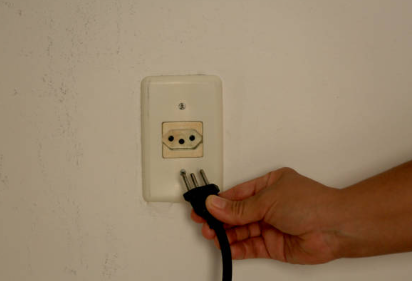
2. Adjust Your Multimeter: Adjusting your multimeter's voltage measurement settings is key to obtaining accurate readings from it.
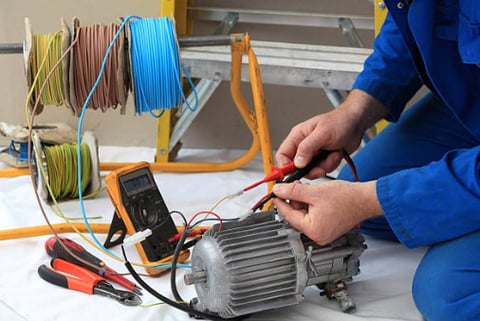
3. Finding Your Voltage Regulator: Locate your device's voltage regulator. Depending on its use case, its appearance could range from an internal component in an automotive alternator to a discrete IC on an electronic circuit board.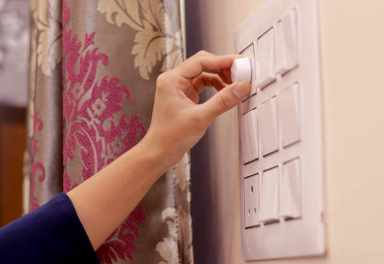
4. Measuring Input Voltage: Connect your multimeter probes to the regulator's input terminals while paying close attention to polarity for this initial measurement that provides insight into what voltage supply the regulator is receiving.
5. Assessing Output Voltage: Switch your multimeter probes over to the output terminals in order to measure the voltage supplied to your device. It should remain within its specified range for optimal functioning of the regulator.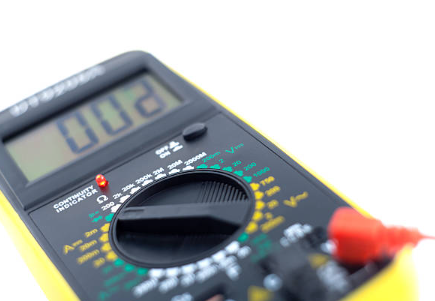
6. Analysis and Interpretation: Compare input and output measurements. A functional voltage regulator should offer consistent output regardless of changes to input fluctuations; any deviations necessitating further investigation or replacement must be investigated immediately.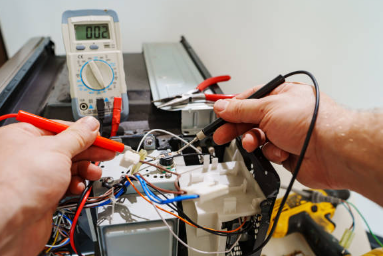
7. Advanced Diagnostics: For an even more thorough analysis, conduct load tests or vary input voltages to assess how responsively the regulator performs in various scenarios. This comprehensive approach ensures it performs effectively under all circumstances.
You May Also Want To Know:
The Different Types of MCB in Eletronic Systems
Step into 600 amp Fused Disconnect Switch
Conclusion
Testing voltage regulators is an integral component of maintaining electronic devices' reliability and longevity.
By following this guide, you gain the skills necessary to identify potential issues before they escalate, keeping your electronics running at peak performance.
Technical expertise may be important; but prioritizing safety practices over technical expertise remains key. When seeking further assistance or professional services for electronics maintenance and repair, consulting with an electronics technician may be beneficial.
